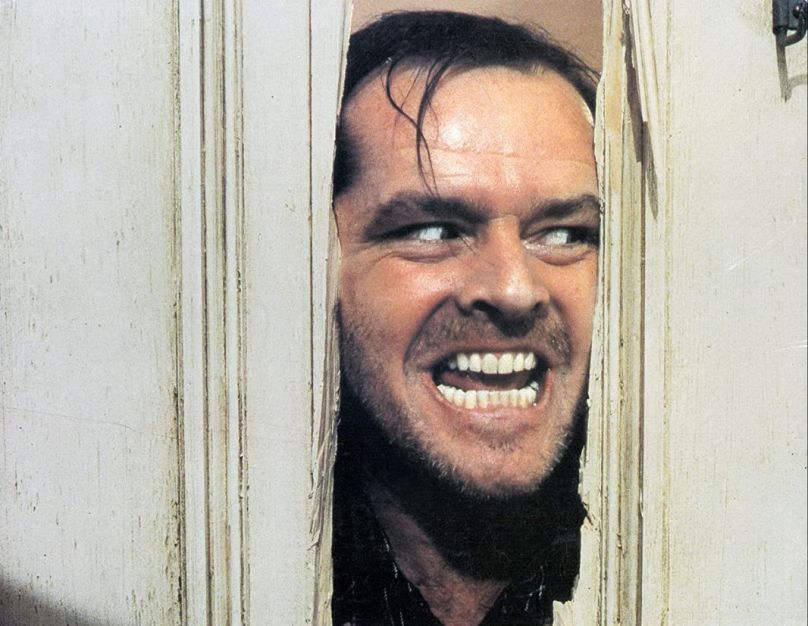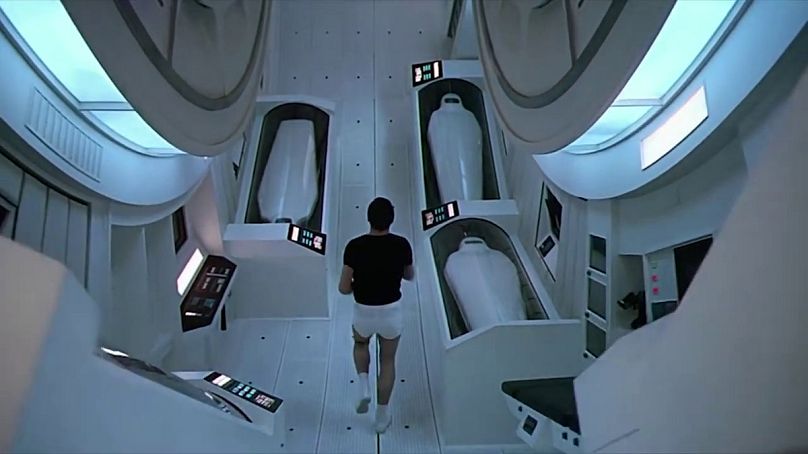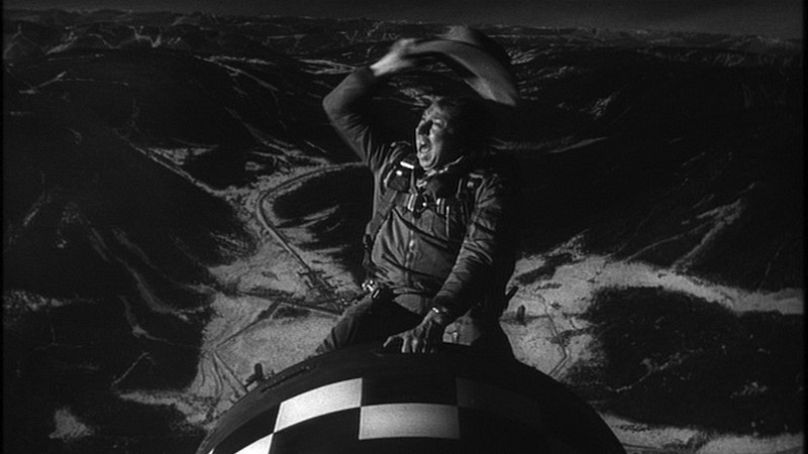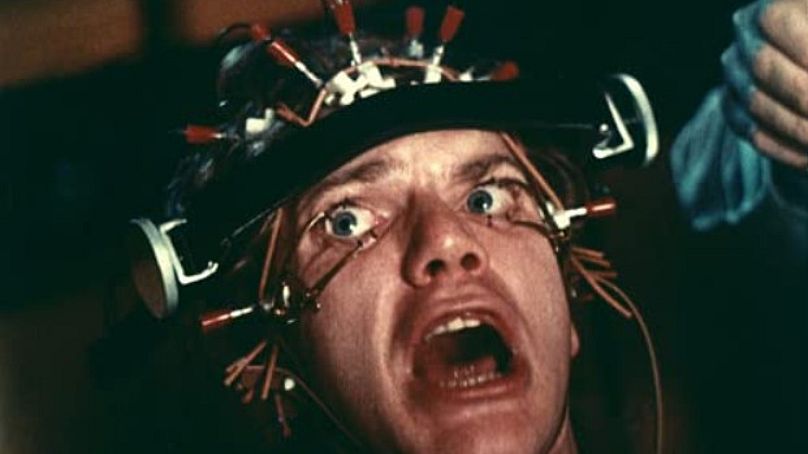Culture Re-View: Stanley Kubrick's greatest shots
On the anniversary of his death, we take a look at some of the greatest images Stanley Kubrick put to film.
7 March 1999: Stanley Kubrick dies
Born in New York City on 26 July 1928, Stanley Kubrick became famous as one of the defining filmmakers of a generation. Known for the excruciating detailed shots, complex storytelling techniques, and emphatic acting performances, the auteur director is considered one of the most influential on cinema today.
It's easy to see why. Between 1952 and 1999 he directed 13 feature films. Each one contains the unique qualities of an uncompromising brilliance and dedication to the cinematic form as one of beautiful and shocking images.
He died on this day in 1999 aged 70. To celebrate his life, we'll take a look back at some of the most iconic images from his films.
Is there a more iconic image than Jack Nicholson's face after he tears through a door in The Shining? Maybe the only thing more iconic than this image is his line "Here's Johnny!"
It's hard to find a frame of 2001: A Space Odyssey that isn't one of the most immaculate frescos ever put to camera. Kubrick managed to create a sci-film that was exciting, beautiful, thoughtful, terrifying and spectacular all at once. While much of that is down to his and writer Arthur C. Clarke's ponderous narrative on human evolution, the other part is the ingenious cinematography work. Displaying a brilliant understanding of physics and demonstrating the realities of space travel, the tracking shot of the rotating ship on a rotating set is one of his finest.
One criticism that can be aimed at Kubrick's filmography is that he sometimes lacks humanity in the stories he tells. It's a fair criticism. For all the energy he expended on crafting the astounding images of 2001, the only character I can name from it is the spaceship's AI interface. In Dr. Strangelove or: How I learned to Stop Worrying and Love the Bomb, Kubrick somewhat proves those detractors wrong. He not only got people, he also understood comedy. The absurd Cold-War fiasco's Coca-Cola vending machine scene is still laugh-out-loud hilarious. But trust Kubrick to still find time to fit in an arresting-yet-hilarious Texan riding an atomic bomb in his comedy film.
Kubrick never shied away from difficult material. From Lolita to The Shining, his films regularly put typically antagonistic characters at the forefront of his narrative. Never more so is this the case than with A Clockwork Orange. Again, the film abounds with iconic imagery, particularly the costumes Alex and his gang of droogs wear when committing their heinous acts. The defining shot for me though is this excruciating scene where Alex gets his just desserts in the form of audio-visual torture dressed up as a treatment. The torture of such a villainous character required a level of commitment that actor Malcolm McDowell suffered long-term damage to his eyes from the prop.
For the best Kubrick's ever done though, we have to return to 2001. I can't emphasise enough how much every single film in his filmography is filled to the brim with genius directorial flare, but it's 2001 that for my money, he truly pushed the form the furthest.
And to celebrate his life the most, it had to be this whole clip. Many people consider the cut between the pre-human apes learning to use tools and a spaceship beyond the Earth's atmosphere to be the finest cut in film. It's hard not to agree. It's cliché at this point, but the way he encapsulates millennia of human progress in that one cut is perfect.














